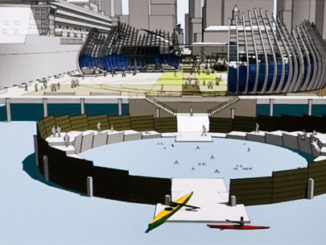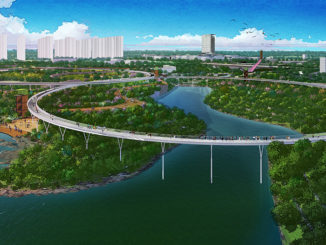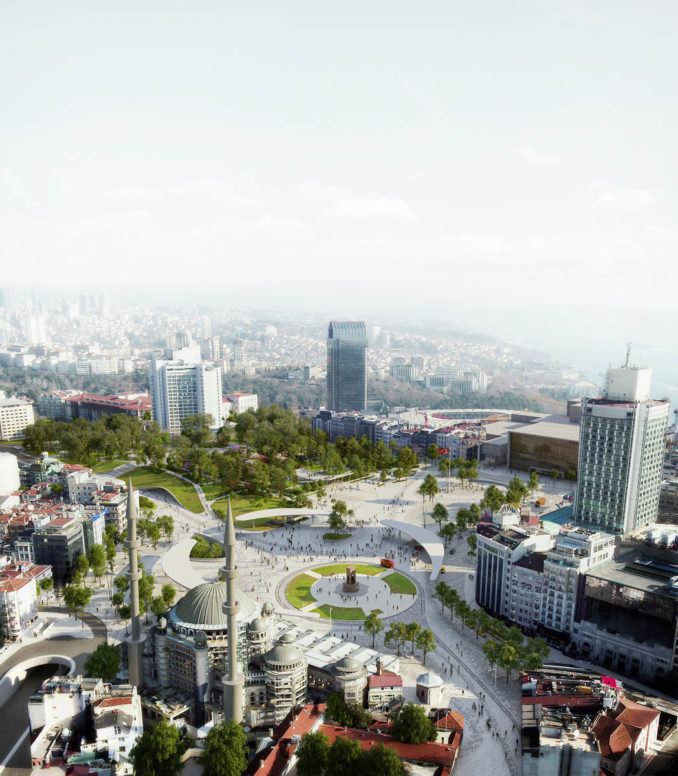
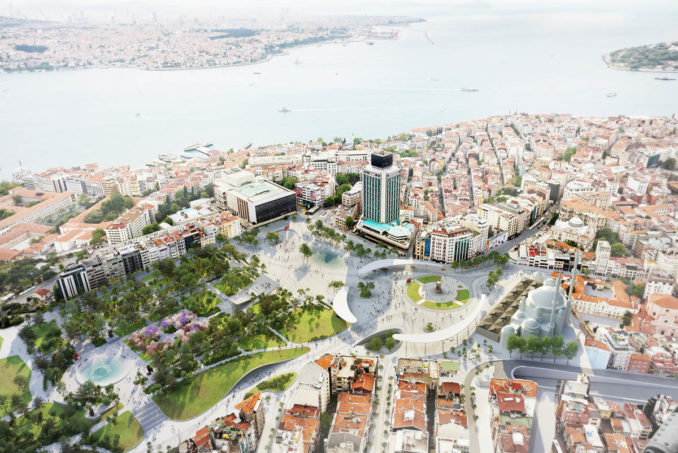
Organized by Istanbul Metropolitan Municipality, it was a two-stage international competition with 146 submitted proposals. As the modern heart of Istanbul and the most significant public space of the city, Takism is a remnant of historical layers of construction, demolition, and reconstruction over a century.
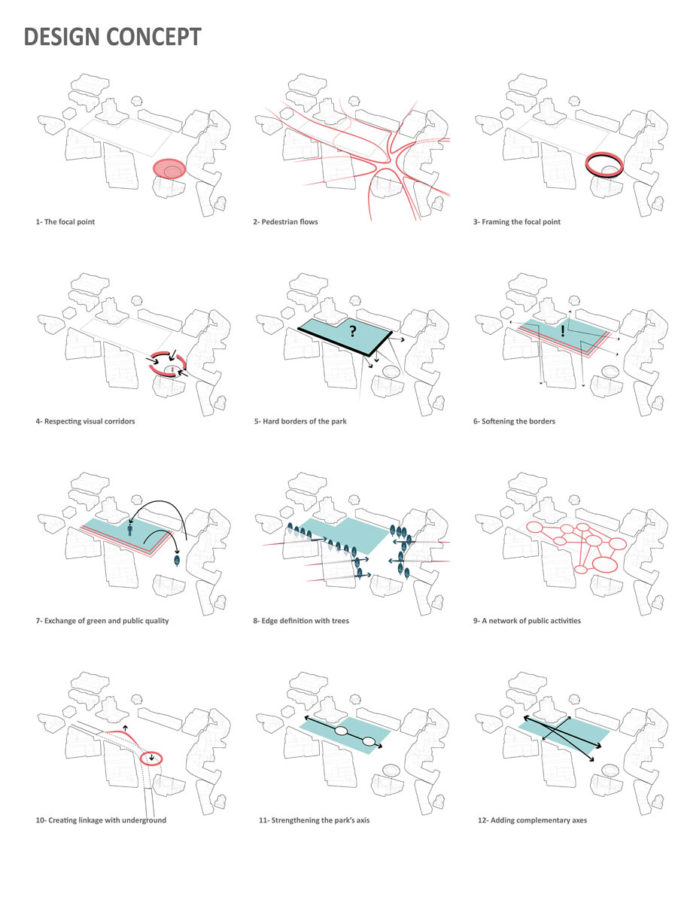
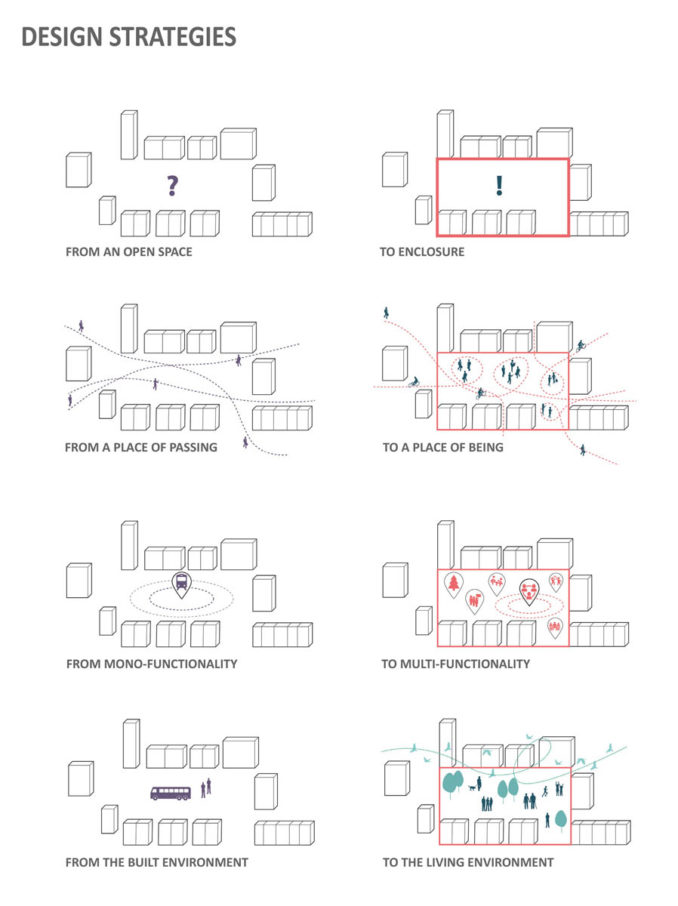
To create an inclusive and democratic public space, our proposal “[Un]Beating Heart of Istanbul” places people at the centre of design strategies. The synergy between Gezi park and Taksim Square is a key strategy to unlock the potentials of the site, creating a people-friendly public space.
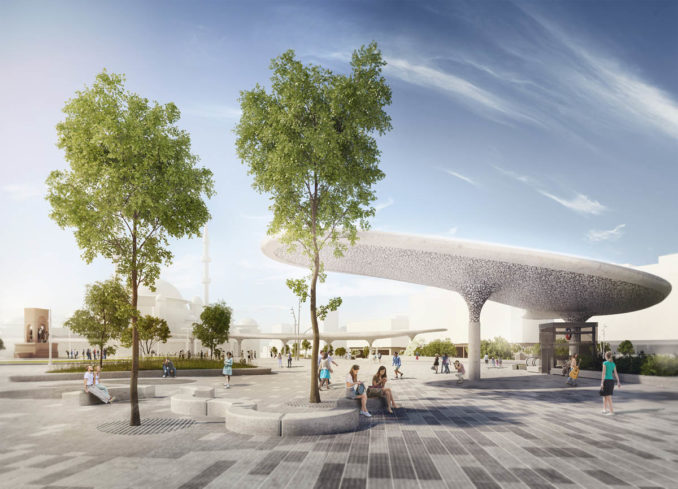
Taksim square is a space of flows, intersection, expression, and confrontation. It is a modern city centre with multi-faceted, multi-layered, and multiscale characters. Taksim is a place for social, cultural, and political confrontations. As a place for social participation, Taksim has always hosted a diversity of social, economic, ethnic, gender and age groups.

WHAT IS THE PROBLEM?
As a result of constant change, Taksim square suffers from fragmented identity: the flows and functions are not efficiently tied up in the square. Despite of being a platform for major cultural and commercial facilities and hosting many social and political events, Taksim has never been a vibrant city centre hosting everyday life of citizens. As an open and vast concrete space, Takism is used for two main purposes: a major transit station in Istanbul, and a huge vacant entrance for the Istiklal Street in the south and the culture valley in the north. As a place of everyday passing through, Taksim lacked a clear image, memorable identity, and sense of place. Moreover, the Gezi park as one of the major components of the square has been left isolated from its surrounding.
PEOPLE AT THE CENTRE OF PLANNING AGENDA
To achieve a more environmentally sensitive and socially sustainable development strategy, people are placed in the centre of planning agenda. People with different social class, religious background, age, gender, race, and ethnicity can enjoy of everyday life practices in Takism. To rejuvenate Taksim as a symbolic urban space, the collective memory of the space is highlighted. The relation of the square with its surrounding buildings is redefined in a way to create the sense of enclosure and enhance the staying quality of the space and in turn its identity. Through making the Gezi park more inviting and attractive by improving its public quality and softening its borders, the park and square are strongly integrated and blended. The softened borders of the park facilitate the flows of people towards the square. Therefore, the square and park are perceived as one single unified public space serving the population rather than two segmented urban components.
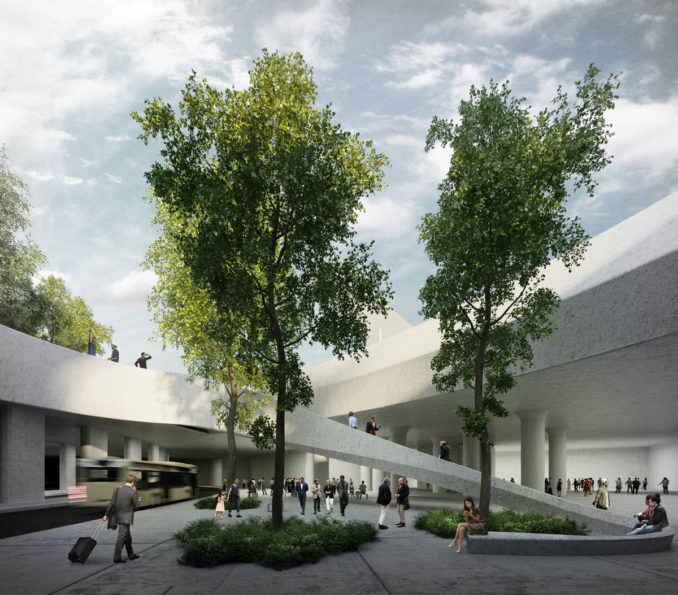
TAKSIM ACTIVATED THROUGH PARK-SQUARE SYNERGY
Provoking the synergy between the park and the square, is the key strategy to unlock the potentials of the site. On the one hand, the square as the climax of urban pedestrian flows enjoys the constant presence of citizens; while as an urban void, it greatly lacks people-friendly and climatic comfort aspects of a civic space. On the other hand, the park as the gem of green space of the city fabric lacks the public quality and diversity of urban activities. The green quality of Gezi park creates a setting for informal activities adjacent to more formal quality of the square. Therefore, the integration of these two urban typologies can improve their coexistence as a pilot ecological urban space.
TAKSIM SQUARE: THE BEATING HEART OF ISTANBUL
Taksim is the space of temporality, constantly changing face through its life and presenting diversity of experiences to the city and citizens. It is the melting pot of heterogeneous urban flows. Lifelong transformation and fluidity are intrinsic to the identity of Taksim. The future experience of the square would be yet featured by time. Taksim as the heart of Istanbul is not currently sufficiently beating life to the new downtown; the ripple-effect of the rehabilitation of this space could introduce it as an origin destination to more consistent urban flows and experiences and integrate it more to the vitality of the city. Functioning as a dominant public space, Taksim should also pour life and viability to its neighboring areas and in turn the whole city. The future of Taksim and the sustainable development of its surrounding neighborhoods are closely tied together.
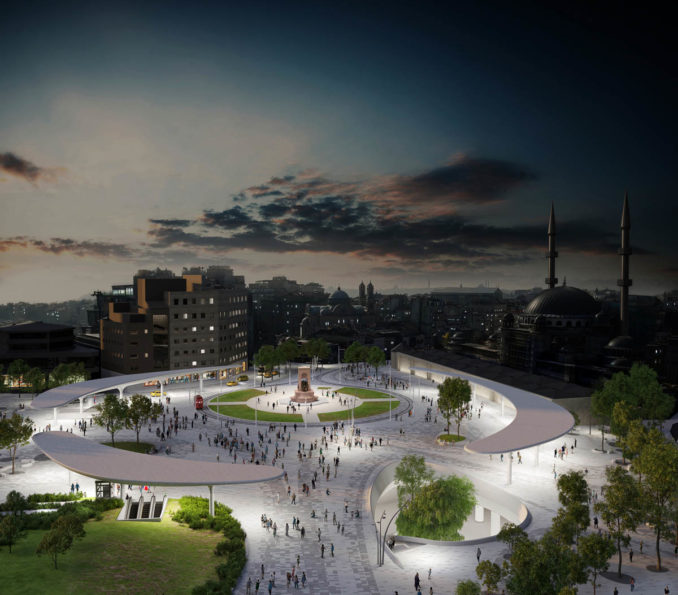
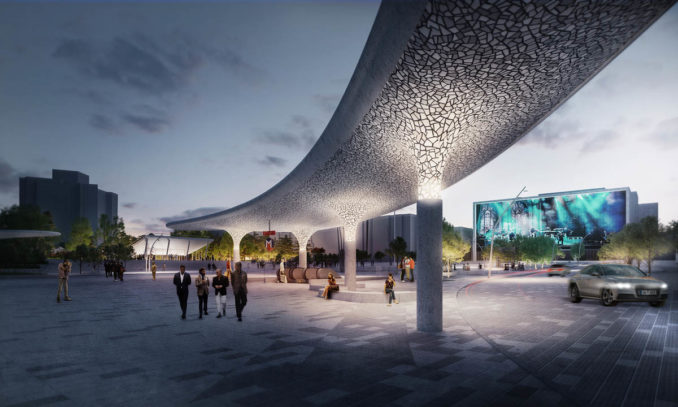
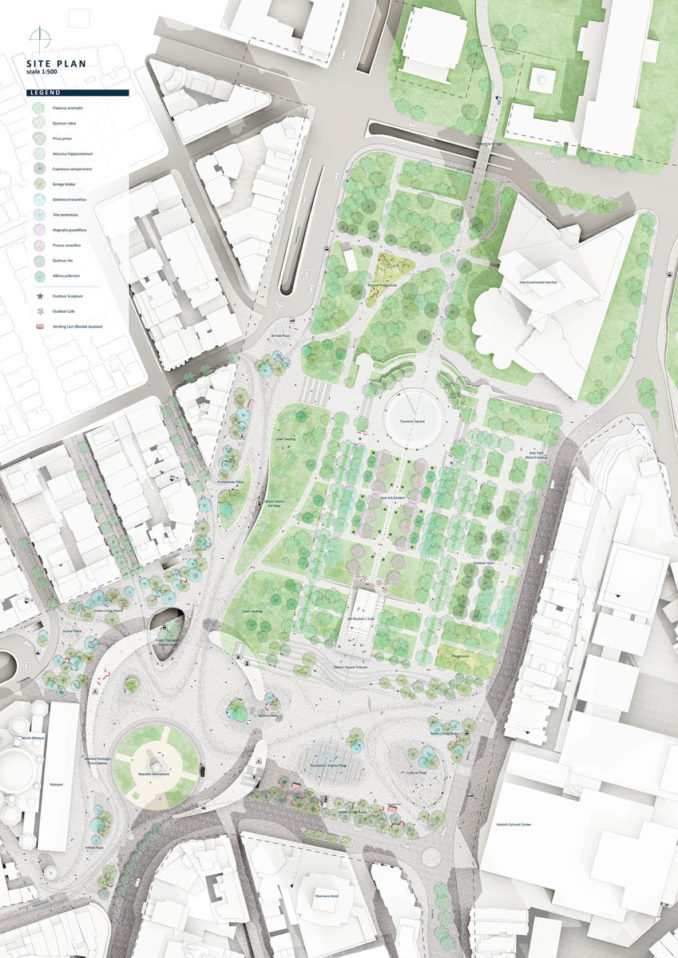
Design Team: Elmira Jafari, Erfan Farahmand, Ahmad Moradian
Location: Istanbul, Turkey
Status: Competition, Honorable Mention Prize Winner

